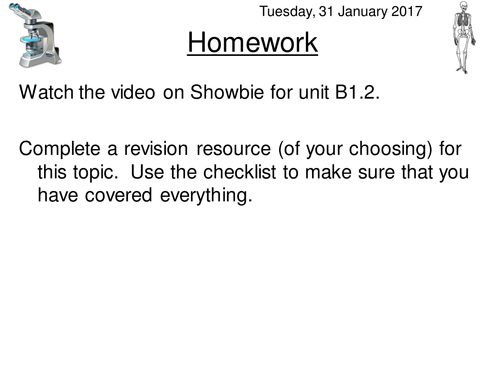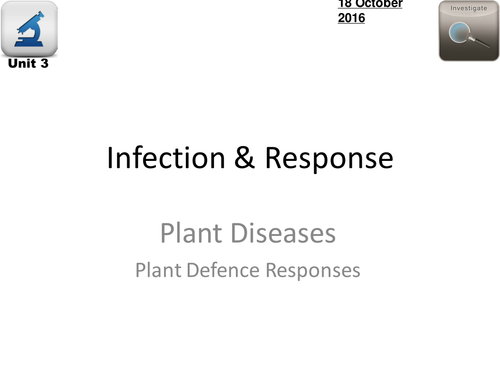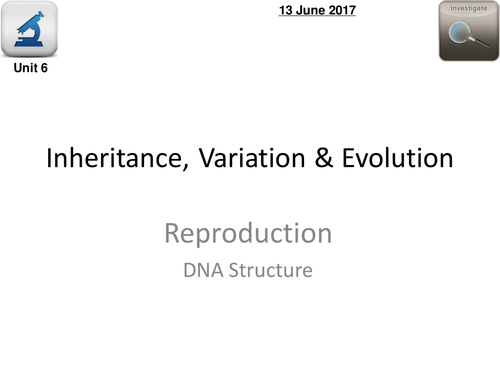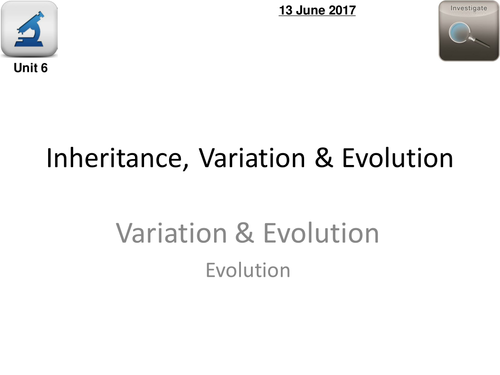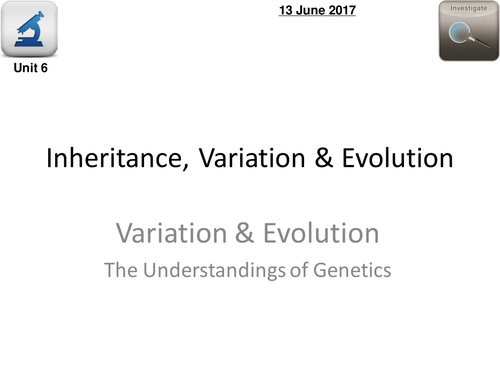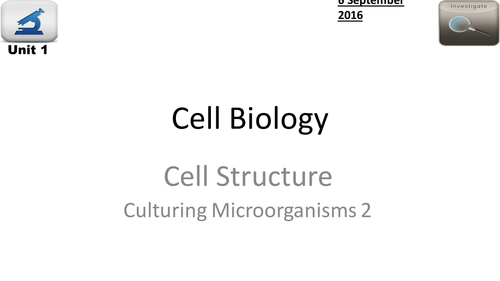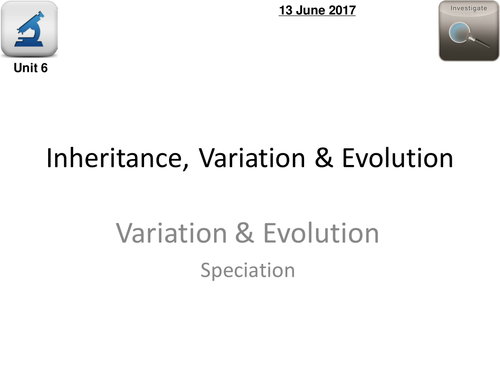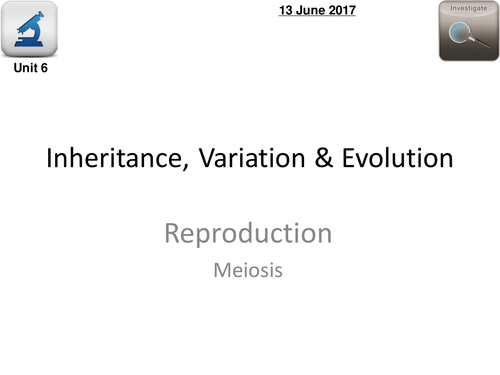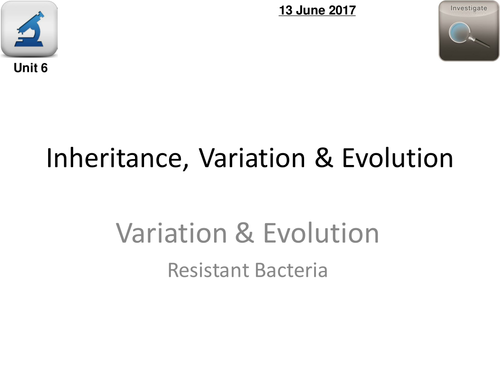Vmongoose's Shop
I am a lead Biology Teacher at a secondary school. My resources are designed for the new AQA GCSE Biology curriculum and many of them can also be used for the new AQA GCSE Synergy curriculum. Each lesson is power point based and includes information slides along with differentiated pupil activities (to maximise active learning opportunities).


